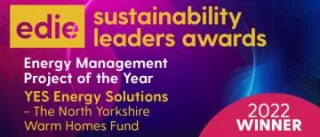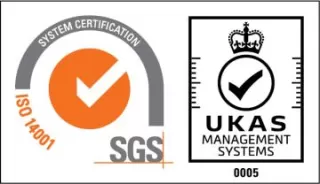
What is Energy Efficiency?
What is a smart meter?
A smart meter is a new type of a gas and electricity meter.
They replace traditional meters including prepay key meters, most of us currently have ticking away under the stairs, or outside our homes.
Smart meters measure how much gas and electricity you’re using, as well as what it’s costing you and display this on a handy in-home display.
How do smart meters work?
With a smart meter you can wave goodbye to inaccurate energy bills.
The smart meter shows a digital meter reading and uses a secure smart data network to automatically and wirelessly send the readings to your energy supplier at least once a month, so you will receive accurate, not estimated bills.
Smart meters also come with an in-home display screen that shows you exactly how much energy you’re using in pounds and pence, in near real time.
What are the benefits of smart meters?
- Only pay what is necessary with accurate billsEstimated bills will be a thing of the past, as smart meters regularly send your energy usage to your utility for billing.
- You can take control of your home energy useYour installer will teach you how to read a smart meter — it’s easy, and allows you keep track of your usage in real time if you use a smart display.
You will be able to easily identify how you are using energy and if any of this is unnecessary.
By changing your behaviour in response to the readings on the smart display, it is possible to make savings on your gas and electricity bills.
The display shows:
- energy used in the last hour, week and month
- level of current electricity use is high, medium or low
- real-time updates for electricity and half-hourly updates for gas
- No more meter readings!You won’t have anyone coming round asking to read your meter, as the information is sent to the utility digitally.
- See your creditPrepay householders can see how much credit they have left using the in-home display, as well emergency credit balance, debt balance and alerts if credit is low.
- The easiest way to top upYou can top up however suits you, by phone, online or at your local shop.
- Accessing your meter is no longer a choreThere is no longer a need to access the meter to input a top-up card or key as this can be done remotely.
- Switch between prepay and creditCustomers may be able to switch between prepay and credit without needing an installer to visit the home.
- Help fuel our nation’s economySmart meters allow suppliers to better predict demand, helping to shape energy infrastructure to become more reliable and efficient. According to the National Infrastructure Commission a complete smart energy grid could save the nation £8 billion each year.
How do I get a smart meter?
Here are three easy steps to get your smart meter:
- Request a smart meterGas and electricity suppliers are responsible for providing and fitting smart meters for everyone in Britain by the end of 2025 at no extra cost. If you have different suppliers for gas and electricity, use Smart Energy GB’s tool to contact your electricity supplier first.
- Schedule a date and time for your installation that suits youWhen your energy supplier is ready to install your smart meter, they will telephone or email you to agree a time to come and change over your meter.
- Give your supplier access to install your new meterA trained installer will call to your home and install your smart meter. It takes about two hours and you’ll need to be present throughout. Your installer will demonstrate how your smart meter works and answer any questions you may have.
I’m a tenant – can I get a smart meter if I rent?
If you’re the account holder who pays the energy bills, you are automatically entitled to one.
If your landlord pays the bills you can also get a smart meter, and it’s mutually beneficial for both of you, speak to your landlord about upgrading.
Can I switch tariff or energy supplier if I have a smart meter?
Yes. People with a smart meter can switch energy supplier and tariff in exactly the same way that anyone with a traditional meter can.






